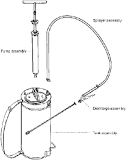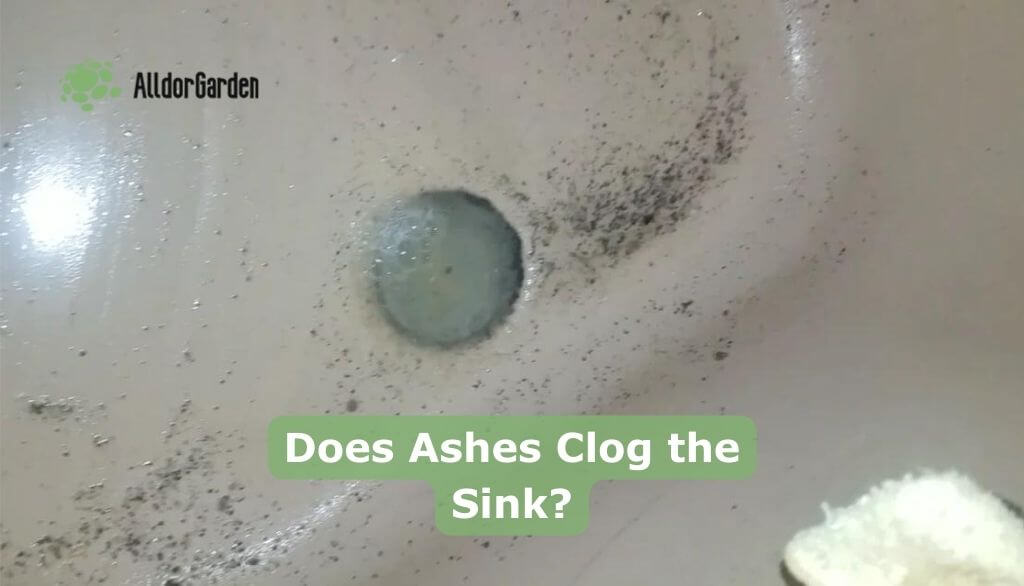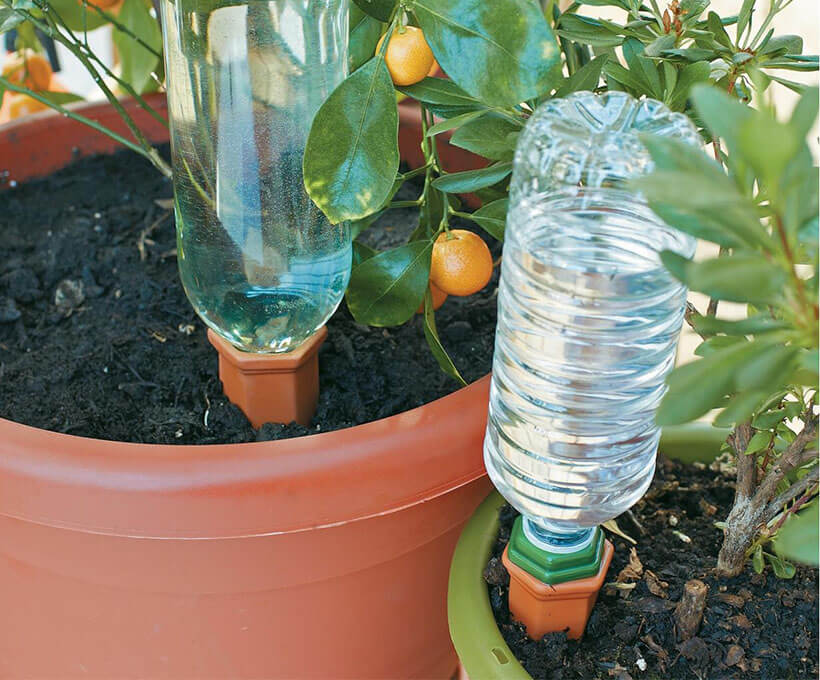So, how many gallons does it really take to spray 1 acre? The answer can vary quite a bit, but generally, you’re looking at anywhere from 20 to 100 gallons of water, depending on a few key factors. Let’s dive into what influences this range and how you can determine the right amount for your needs.
Factors Affecting Gallon Usage
Crop Type
Different crops have different spraying needs. For instance, a dense crop like corn may require more liquid than a sparse one like wheat. If you’re dealing with a high-density planting, expect to use more gallons to ensure even coverage.
Pesticide or Fertilizer Type
The type of product you’re spraying also plays a big role. Some pesticides are more concentrated and require less water for effective application, while others might need a heavier mix. Always check the label for specific recommendations.
Application Method
How you apply the spray matters too. A tractor-mounted sprayer might use more liquid than a hand-held sprayer simply because of the coverage area and pressure involved. Plus, if you’re using aerial spraying, that can change the game entirely.
Weather Conditions
Weather can impact how much you need as well. On windy days, you might need to adjust your spray volume to ensure the product lands where it’s supposed to. Similarly, higher temperatures might lead to quicker evaporation, prompting you to use more liquid.
Calculating Your Needs
To figure out how many gallons you’ll need for spraying 1 acre:
- Determine the Application Rate: Check the label on your pesticide or fertilizer for recommended application rates (usually in gallons per acre).
- Assess Your Equipment: Know how much your sprayer can handle at once and its efficiency.
- Factor in Environmental Conditions: Adjust your calculations based on wind, temperature, and humidity.
By taking these steps, you can get a pretty good estimate of how many gallons you’ll need!
Summary
In summary, spraying 1 acre typically requires between 20 to 100 gallons of liquid, influenced by crop type, pesticide used, application method, and weather conditions. Knowing these factors helps you optimize your spraying process and ensures that you’re not wasting resources.
FAQ
How do I know the right amount for my specific crop?
The best way is to check the pesticide or fertilizer label for recommended application rates tailored to your crop type. This info is gold when it comes to getting it right!
Can I use less water if I’m using a concentrated product?
Absolutely! Concentrated products often require less water for effective application. Just make sure you follow the manufacturer’s guidelines to avoid under-dosing.
What if it’s windy on my spraying day?
Windy conditions can lead to drift and uneven coverage. If it’s too windy, consider rescheduling your spraying day or adjusting your technique to minimize drift.
Is there a difference between ground and aerial spraying?
Yes! Aerial spraying usually covers more area quickly but may require different amounts based on wind and altitude. Ground sprayers tend to use more liquid but provide more precise application.







